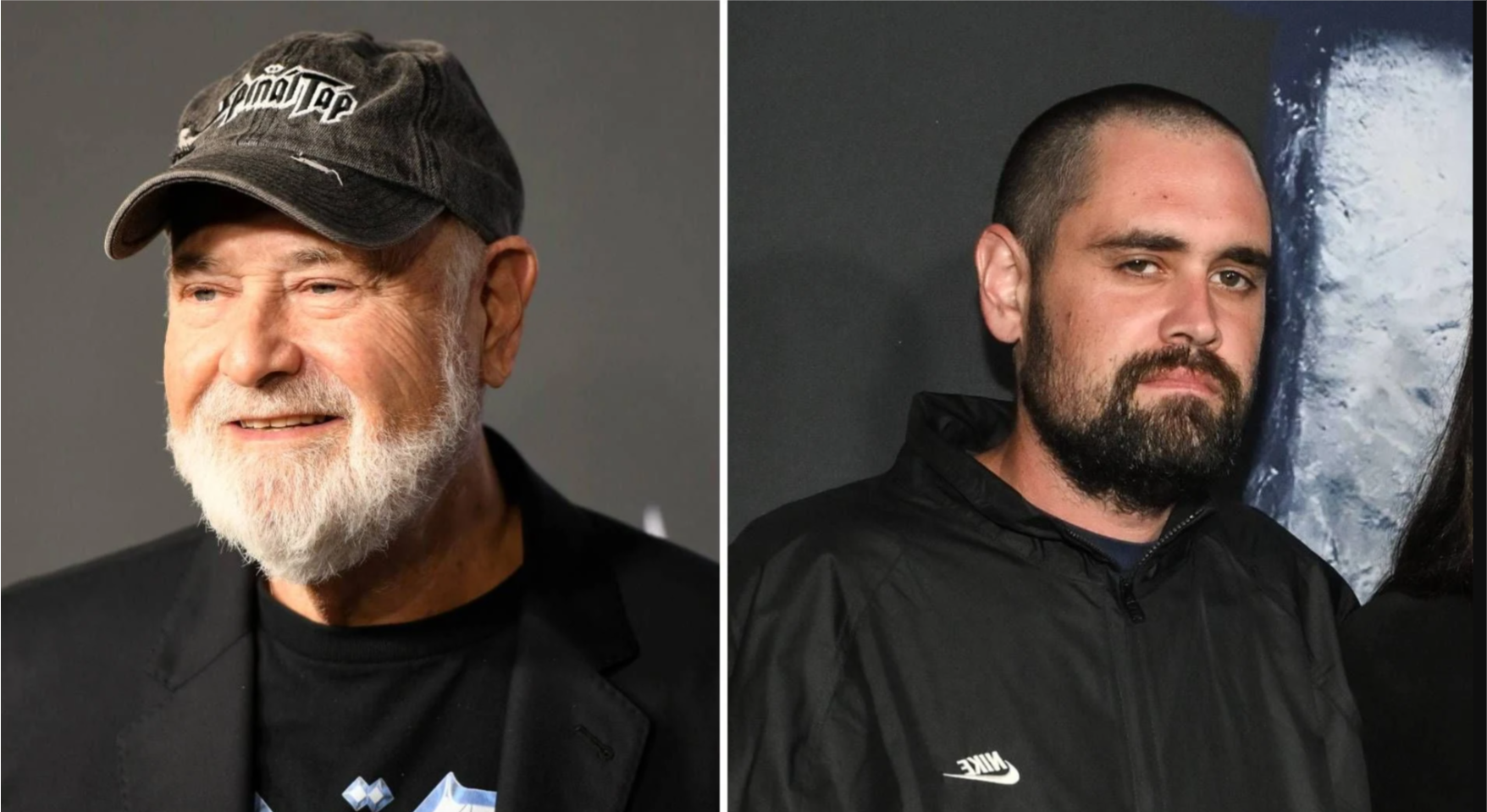(ThyBlackMan.com) North American popular music is today heard all around the world. How and where did it originate, and how did it change over time?
The music of a people is generated by those at the bottom of society, closest to the land. In the US that would be the enslaved Africans and their descendants. The Africans brought to these shores carried their cultures with them. They sang their traditional work songs, as they toiled together in the fields, and their sacred songs as they prayed together on Sundays. After Emancipation, their religious songs became the Spirituals called Gospel Music sung in Black Baptist Churches. And they continued their work songs, as they continued to work in the fields as laborers.
Despite the terrible oppression that they faced, living in the South, they, nonetheless, set up many towns and communities. Therein individual singers began to emerge, singing what’s come to be known as the Blues. Often referred to as a healing music, the Blues featured an individual singer who celebrated their troubled existence through song, proclaiming the ability to achieve spiritual enhancement, and self-determination, through suffering. Two early standout Blues singers were Robert Johnson and Bessie Smith.
Blues is an original American music. As a folk expression of a traditionally oppressed people, authentic Blues could not be produced by whites, but as the secretness and separation of Blacks in America ended, African American music began to reflect the growing openness of communication with white America. Thus, Jazz was born.

In the early 20th Century, as the railroad lines overspread the nation, millions of African Americans migrated from the rural South to the cities of the North. The Black peasant folk brought with them their Blues, their haunting, coded laments of beauty and strife woven into one. It would be transformed into Jazz in New Orleans and the cities of the North, especially in the nightclubs, dancehalls and theatres of Harlem. The location of Harlem, in the heart of the most influential city in the nation, enabled the rapid spread of Jazz music throughout the country.
After World War II, there began to develop a distinct youth culture in the United States that adopted, for their anthems, another offshoot of the Blues, Rock and Roll. Rock and Roll largely developed from a fast-paced version of the Blues, Rhythm and Blues. One of the foremost Rhythm and Blues performers, and a pioneer of early Rock and Roll, was Chuck Berry. In the 1950s, the record companies, at first, marketed Rock and Roll to white audiences with white singers like Elvis Presley and Pat Boone.
During the 1960s, Rock and Roll continued to develop and began merging with other genres. Jazzmen like Miles Davis and Herbie Hancock incorporated elements of Rock and Roll in their sound to produce Fusion music. Carlos Santana mixed Rock and Roll with Latin music to create Latin Rock. And performers like Bob Dylan and Paul Simon merged Rock and Roll with Folk music to produce Folk Rock.
By the 1980s, an offshoot of Rock and Roll appeared on the scene that’s still going strong. Rap Music, aka Hip Hop, was generated by artists like Kurtis Blow and the Sugar Hill Gang. It was created in the South Bronx and mixed Latin rhythms and Jamaican Dub Music with Rock and Roll. Rap Music, in turn, would branch off into several different genres, including Freestyle, House and Break Beat. . .
The Guitar has been the central instrument in much American popular music. The Lute, was the forerunner of the guitar. It’s a simple stringed instrument that first appeared in ancient Egypt. Modified versions of the Lute spread throughout North Africa, and the North Africans brought it with then when they invaded Spain in 711 AD. Over time, the lute was transformed into the Mandolin which European traveling singers, troubadours, strummed as they roamed the European countryside. The mandolin in time became the guitar which the Europeans brought with them when they came to the Americas.
Staff Writer; Arthur Lewin
This talented author has just published a NEW book which is entitled; AFRICA is not A COUNTRY!.
For more articles written by this talented brother click on the following link; https://thyblackman.com/?s=lewin.
















Thank You, Pelvo White, Jr. Yes, Music Theory is explained and understood mathematically.
The root of all music is mathematics applied to sound and your article would work quite well in an ethnomusicology class. Very good work.